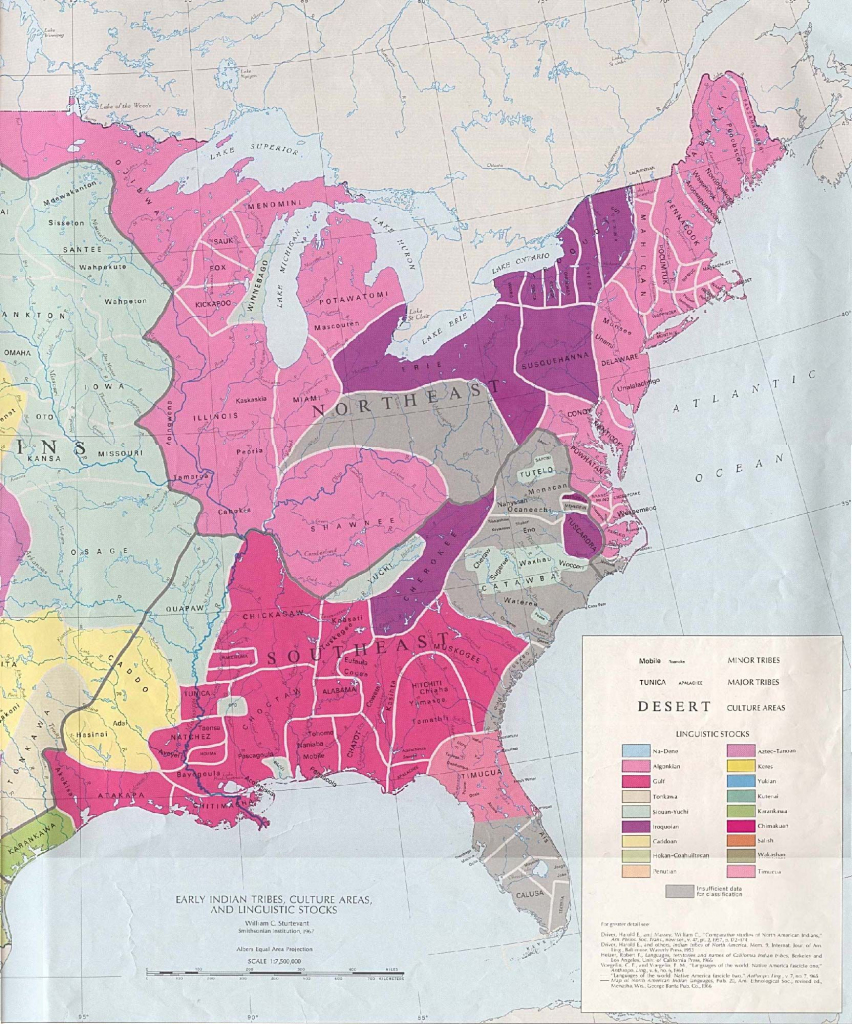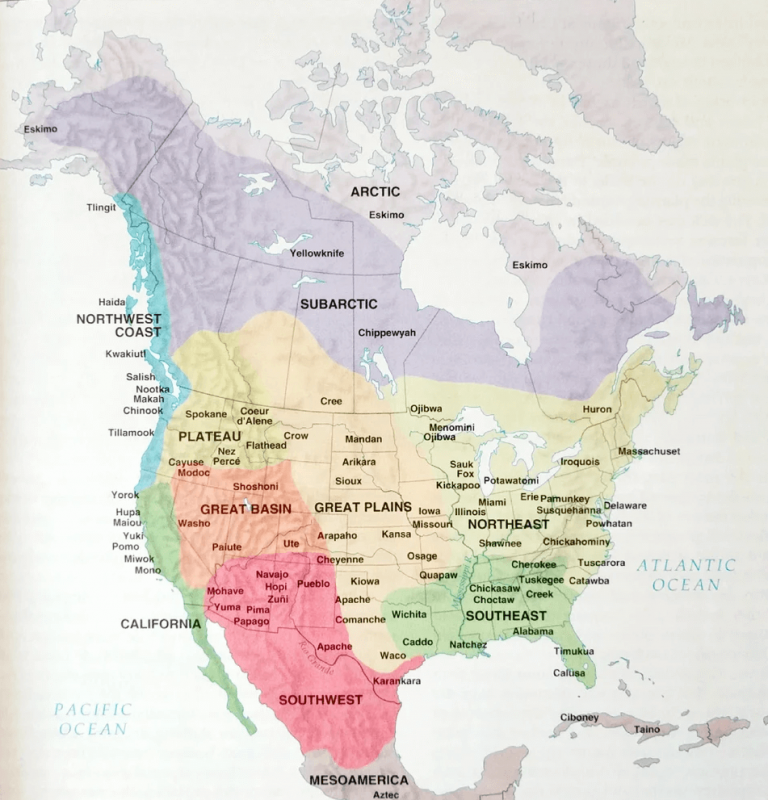Unveiling the Tapestry: Exploring the Native American Tribe Map in 2023
Unveiling the Tapestry: Exploring the Native American Tribe Map in 2023

The United States, a nation built on a foundation of diverse cultures and histories, has a complex relationship with its indigenous populations. Often overlooked or misrepresented, the stories of Native American tribes are woven into the very fabric of this land. But with a little exploration, you can uncover the richness and resilience of these communities, and understand their enduring legacy.
One of the best ways to begin this journey is by diving into the Native American Tribe Map, a powerful visual tool that illuminates the geographic distribution of recognized tribes across the United States. This map isn’t just a static representation; it’s a living document that speaks volumes about the history, traditions, and present-day realities of these communities.
Related Articles: Unveiling the Tapestry: Exploring the Native American Tribe Map in 2023
- Discover Wisconsin's Native American Heritage: A Guide to Indian Reservations
- Unlock Indonesia's Treasures: Your Guide to the 2023 Calendar
- Uncover the Hidden Gems of Indian Reservations in Livingston, Texas
- Uncover the Truth: Dive into the Enigmatic World of Indian Reservation Casinos
- Unveiling the Enchanting Tapestry of Indian Reservations in Yuma, Arizona
Beyond the Map: A Journey of Understanding
The map itself is a starting point. It’s a gateway to a deeper understanding of the diverse cultures, languages, and traditions that have shaped the nation. It’s a chance to learn about the vibrant tapestry of Native American life, from the intricate beadwork of the Cherokee to the breathtaking storytelling of the Navajo.
A World of Information at Your Fingertips
The online world has opened up a wealth of resources for those seeking to learn more. Websites dedicated to Native American history, culture, and current affairs are readily available, offering insights into the struggles and triumphs of these communities.
Beyond the Map: A Deeper Dive
But there’s more to it than just reading about it. Here are some ways to truly engage with the map and its stories:
- Visit Tribal Lands: Many tribes welcome visitors to their lands, offering cultural tours, museums, and opportunities to learn about their unique traditions.
- Attend Powwows: These vibrant gatherings are a celebration of Native American culture, featuring music, dance, art, and food.
- Support Native American Businesses: From handcrafted jewelry to artwork, there are countless ways to support Native American entrepreneurs and artists.
- Engage with Native American Organizations: Organizations like the National Congress of American Indians (NCAI) and the Native American Rights Fund (NARF) are working tirelessly to advocate for the rights and well-being of Native Americans.

The Map as a Guide: A Journey of Respect and Empathy

When you explore the Native American Tribe Map, remember that you’re not just looking at a collection of dots on a page. You’re looking at the heart and soul of a people who have endured centuries of hardship and still thrive today.
The Importance of Representation:
The map is a powerful reminder of the importance of accurate representation. For too long, Native American voices have been silenced or marginalized. By engaging with the map and the stories it tells, you’re contributing to a more inclusive and equitable narrative.
Unveiling the Past: A Look at the History
The map is a poignant reminder of the history of dispossession and oppression that Native Americans have faced. From the Trail of Tears to the forced assimilation policies of the 19th century, these communities have endured unimaginable hardships.

The Resilience of a People:
But despite these challenges, Native American tribes have shown remarkable resilience. They have preserved their languages, traditions, and cultures, and continue to fight for their rights and self-determination.
The Map as a Catalyst for Change:
By understanding the history and present-day realities of Native American tribes, we can become better allies and advocates for their well-being. The map is a call to action, urging us to listen to their voices, support their initiatives, and work towards a more just and equitable future.
Navigating the Map: A Guide for the Curious
Here’s a breakdown of some key features you’ll find on the Native American Tribe Map:
- Federally Recognized Tribes: The map will typically show tribes that have been officially recognized by the federal government. This recognition grants them certain rights and benefits, including self-governance and access to federal programs.
- State-Recognized Tribes: Some states also recognize tribes within their borders, granting them additional rights and protections.
- Tribal Lands: The map will often indicate the boundaries of tribal lands, which are areas that are held in trust by the federal government for the benefit of the tribe.
- Tribal Names and Languages: The map will usually include the official names of the tribes, as well as their traditional languages.
The Map as a Window into Diversity:
One of the most striking features of the Native American Tribe Map is the sheer diversity of tribes across the United States. From the Inuit of Alaska to the Seminole of Florida, each tribe has its own unique history, language, and culture.
The Map as a Tool for Understanding:
The map is a powerful tool for understanding the complex relationship between the United States and its indigenous peoples. It helps us to see the nation’s history and present-day realities through a different lens, one that acknowledges the contributions and struggles of Native American communities.
The Map as a Source of Inspiration:
The map is also a source of inspiration. It reminds us of the resilience, creativity, and cultural richness of Native American peoples. It’s a testament to their ability to adapt, survive, and thrive in the face of adversity.
The Map as a Call to Action:
Ultimately, the Native American Tribe Map is a call to action. It urges us to learn more about these communities, to support their efforts to preserve their cultures and traditions, and to work towards a future where Native American voices are heard and respected.
Exploring the Map: A Journey of Discovery
So, take a journey with the Native American Tribe Map. Let it be your guide as you explore the history, culture, and present-day realities of these remarkable communities. You’ll be amazed by the stories you discover, the connections you make, and the understanding you gain.
FAQ about Exploring the Native American Tribe Map in 2023
Q: Where can I find the Native American Tribe Map?
A: There are several online resources that provide interactive maps of Native American tribes in the United States. Some popular options include:
- Native Land Digital: This website offers a comprehensive map that shows the traditional territories of Indigenous peoples across North America.
- The National Congress of American Indians (NCAI): The NCAI website includes a map of federally recognized tribes in the United States.
- The United States Department of the Interior: The Department of the Interior website provides information about tribal lands and resources.
Q: What information can I find on the Native American Tribe Map?
A: The information available on the map varies depending on the resource, but generally includes:
- Tribal names and locations: The map will show the names of recognized tribes and their approximate locations.
- Tribal lands: The map may indicate the boundaries of tribal lands, which are areas held in trust by the federal government for the benefit of the tribe.
- Tribal languages: The map may include the traditional languages spoken by the tribe.
- Tribal history and culture: Some maps may provide links to websites or resources that offer more information about the tribe’s history, culture, and traditions.
Q: How can I learn more about specific Native American tribes?
A: Once you’ve identified a tribe of interest on the map, you can find additional information by:
- Visiting the tribe’s website: Many tribes have their own websites that provide information about their history, culture, government, and services.
- Contacting the tribal government: You can contact the tribe’s government office for more information or to arrange a visit.
- Searching online: You can find a wealth of information about Native American tribes online, including articles, videos, and books.
Q: How can I support Native American communities?
A: There are many ways to support Native American communities, including:
- Visiting tribal lands and businesses: Support Native American-owned businesses and attractions.
- Donating to Native American organizations: Support organizations that advocate for Native American rights and well-being.
- Learning about Native American history and culture: Educate yourself about the history, culture, and traditions of Native American peoples.
- Speaking out against discrimination: Stand up against racism and discrimination against Native Americans.
Q: How can I be respectful when exploring the Native American Tribe Map?
A: It’s important to approach the Native American Tribe Map with respect and sensitivity. Remember that:
- Native American tribes are sovereign nations: They are distinct political entities with their own governments, laws, and cultures.
- Native American culture is diverse: There is no single "Native American culture." Each tribe has its own unique traditions, languages, and beliefs.
- Native American history is complex: It’s important to acknowledge the history of colonization, dispossession, and oppression that Native Americans have faced.
By approaching the Native American Tribe Map with an open mind and a respectful attitude, you can gain a deeper understanding of these remarkable communities and their enduring legacy. Remember, the map is just the beginning of a journey of discovery. So, explore, learn, and be an ally. The stories of Native American tribes are waiting to be heard.

Closure
Thus, we hope this article has provided valuable insights into Unveiling the Tapestry: Exploring the Native American Tribe Map in 2023. We appreciate your attention to our article. See you in our next article!

